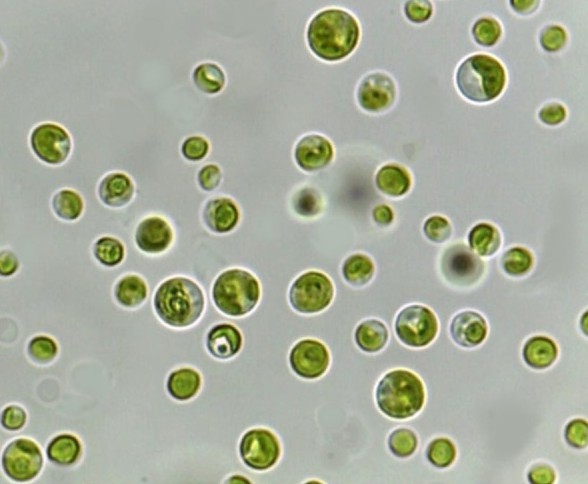Algae are widespread in marine, freshwater, and terrestrial habitats, which have a wide biochemical diversity. More than 10 million species of algae have been discovered, most of which are microalgae. Identifying newly isolated microalgal species is critical to building a reliable algal database. Here, Lifeasible provides professional solutions for microalgae's morphological and molecular identification.
Microalgae have a variety of shapes, such as round, oval, rectangular, trapezoidal, rod-shaped, cylindrical, and star-shaped, and form assemblages. The microalgal taxonomic sequence is based on the morphological identification of microalgal types, and the morphological size of microalgae is essential for the identification and classification of microalgae. But morphological identification does not give a sufficient description, especially for tiny unicellular microalgae. Advances in molecular biotechnology have made it possible to identify barcodes in plants and have been widely used for the molecular identification of microalgae. Microalgae have attracted the attention of many researchers worldwide due to their wide range of applications in different fields. Despite the wide variety of algal species, less than 3000 algal culture specimens out of approximately 1 million microalgae species are available.
 Fig 1. Photomicrograph of the young and mature vegetative Chlorella sp. (El-Sheekh M et al., 2020)
Fig 1. Photomicrograph of the young and mature vegetative Chlorella sp. (El-Sheekh M et al., 2020)
Lifeasible has successfully used morphological and molecular techniques to isolate, identify and characterize a wide range of microalgae present in marine, freshwater, and industrial wastewater. To characterize microalgal communities, our scientists develop customized protocols for molecular methods of identifying and characterizing microalgae based on morphological and physiological characteristics.
(1) Water samples are collected from a suitable freshwater lake.
(2) Isolation of pure microalgal species under optimized culture conditions.
(3) Observe the morphological variation of different microalgae under light microscopy.
(4) Determine the phylogenetic relationships of these strains based on 18S rRNA and rbcL gene sequences.
(5) Identification of microalgal species based on differential sequence analysis.
Our experts mainly used 18S rDNA and rbcL genes as molecular markers for species-level identification. We aim to isolate different microalgae from freshwater lakes and to identify species based on morphological and molecular techniques. Our success stories include:
At Lifeasible, we can help you quickly isolate, identify and characterize new microalgae strains from various natural sources to increase your gene pool. We are your trusted partner in all aspects of microalgae research. If you are interested in our solutions for morphological and molecular identification of microalgae, please do not hesitate to contact us.
Reference